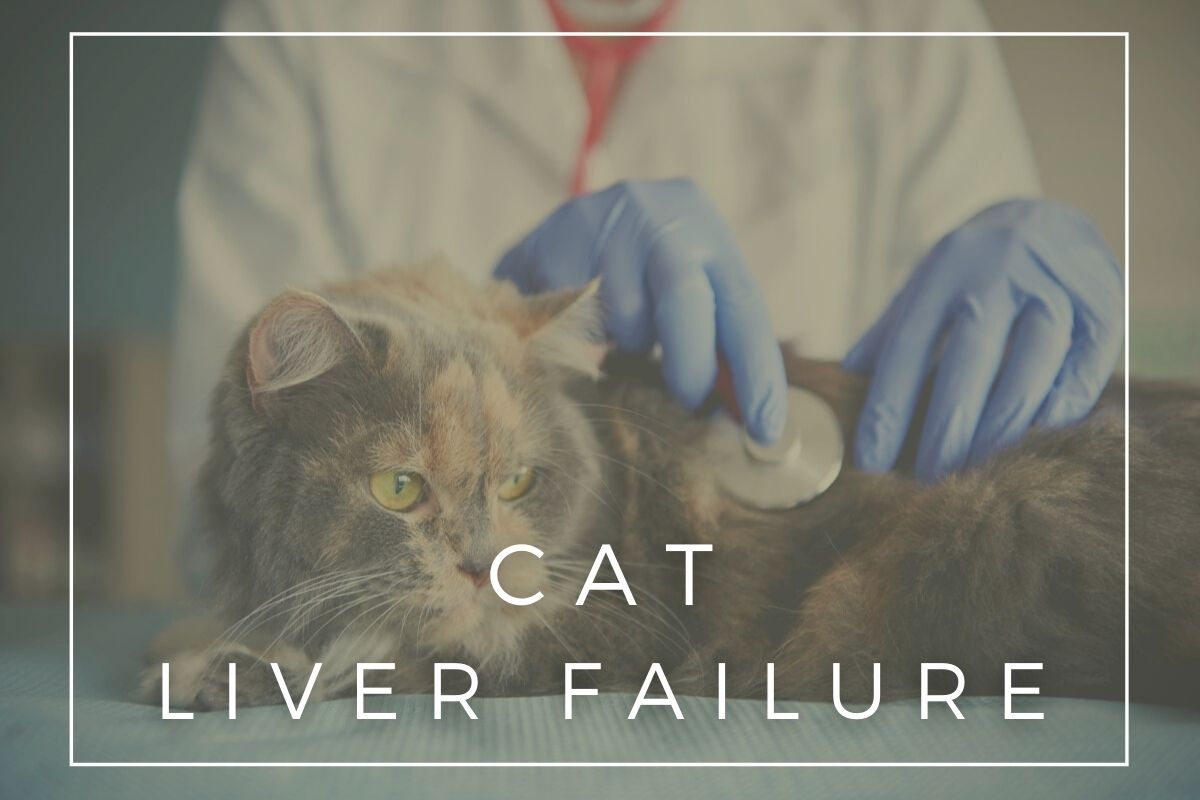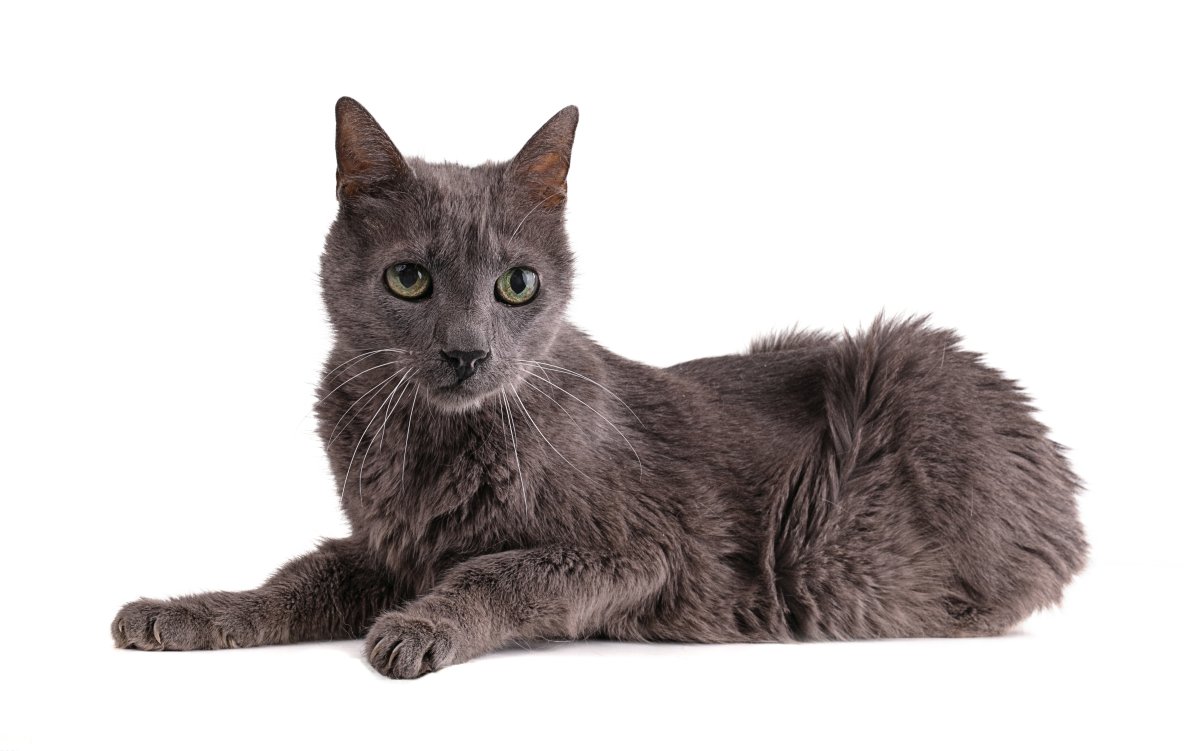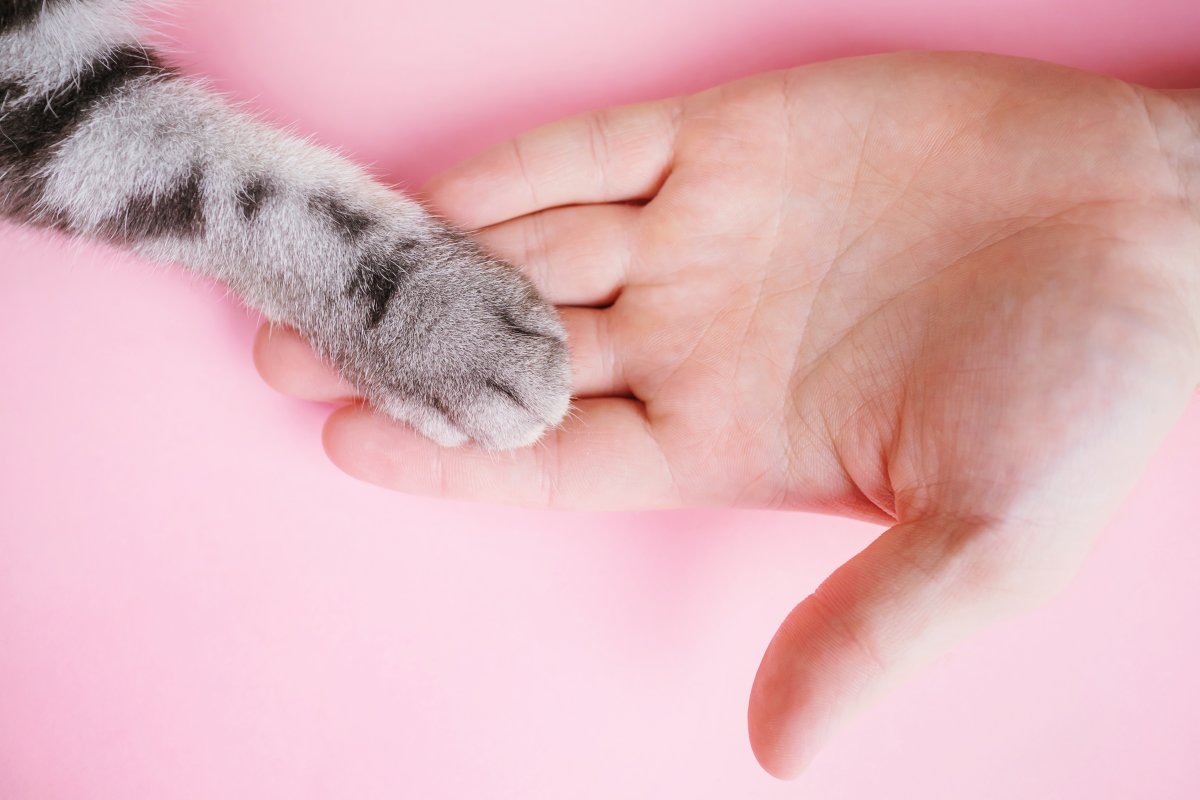It is important to understand that the cat’s liver is vital. The liver tends to be extremely sensitive to damage and diseases. Hence, cat liver failure is always a threat when you’re dealing with cat illness. It is crucial to recognize the symptoms that might lead to this, and it should be done quickly.
The Function of the Cat’s Liver
The cat’s liver tends to be a large vital organ that performs the most critical tasks in the body. It is in charge of detoxifying and removing the waste substances from the body, such as any medication or drug that might damage the system or the body.
Moreover, the liver controls metabolism by regulating fat, proteins, and carbs. The liver makes essential bile to digest food and helps in blood clotting. You can see how the liver is the body’s main organ and how risky a cat liver failure might be.
Location of the Liver
The liver tends to be located behind the diaphragm. It is near the stomach, the spleen, and the small intestines.
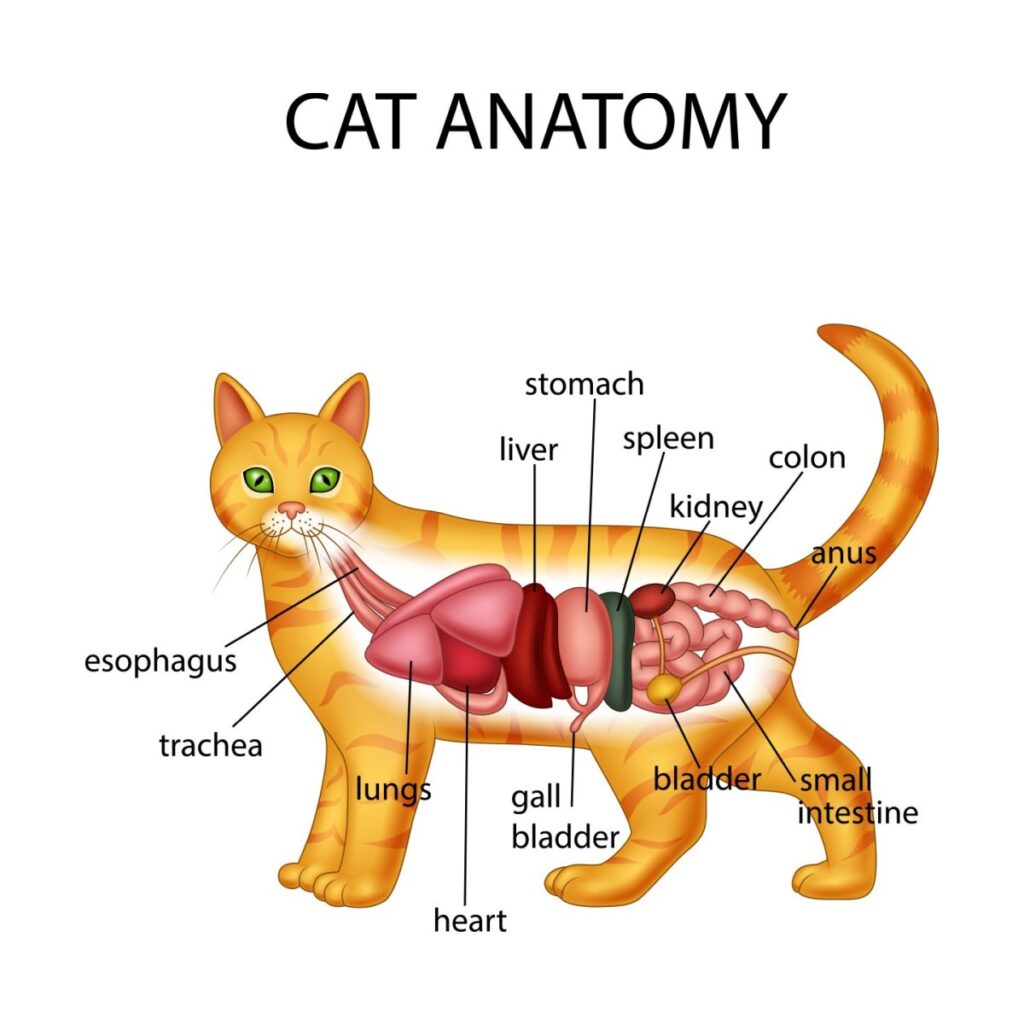
Hepatic Lipidosis in Cats
Hepatic lipidosis occurs when the cats stop eating properly and lose excessive weight. This is a major common liver disease in cats which can lead to cat liver failure. This disease occurs in cats that are overweight and are middle-aged females. Middle-aged means around seven years old. Even though it is more common in females, it can always occur in male cats, leading to cat liver failure in them. Hepatic lipidosis isn’t a disease that should be taken easy, as it is extremely life-threatening.
Prevention of Hepatic Lipidosis
Cat liver failure and hepatic lipidosis can be prevented through a few things. First of all, you need to properly check your cat’s weight and eating habits. Overweight cats and those who are obese are more exposed to cat lover failure or hepatic lipidosis than the others. Ensure that your cat does not go without eating for a whole day, i.e., 24 hours or more. If you see your cat eating less, make sure you consult the vet.
Diseases That Can Cause Cat Liver Failure
There are many causes to why cats might have problems with their livers. Such problems include the following:
- Infection
- Parasites
- Injury
- Acute pancreatitis
- Heatstroke
- Foreign body
- IBD, i.e., inflammatory bowel disease
- Cancer
- Decrease in blood supply due to injury to the liver
Symptoms of Cat Liver Failure or Cat Liver Disease
A few important signs might indicate your cat is going through a liver problem or potential cat liver failure. In this case, you might notice a yellowish tongue, skin color, or in the white part of the eyes. This yellow color is known as icterus or jaundice. Cats might start suffering from swelling in the abdomen or the stomach as well.
This swelling is caused due to building up of fluids within the abdomen. Besides liver problems, many other symptoms might mean your cat goes through a liver disease or potential cat liver failure. This includes sleeping more than usual, loss of appetite, sleeping more, weakness and fatigue, urinating a lot, nausea and vomiting, along with an increase in drooling. Moreover, the other symptoms include bleeding, increased drinking water and urinating, and a drunken and tired appearance.
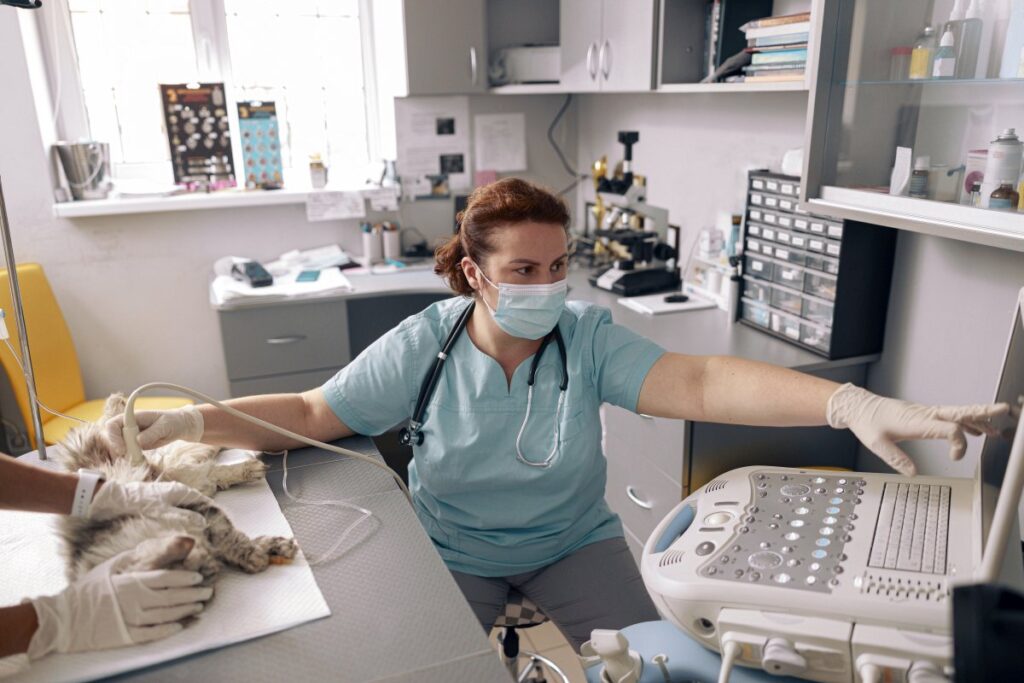
Diagnosing Liver Disease in Cats and Avoiding the Cat Liver Failure
For the vet to diagnose your cat or figure out what is wrong with it, you must provide it with your cat’s medical history. Through this, the vet will understand how many things might be contributing to the cat’s liver failure or disease. These things might include changes within the diet and current medications of the cat.
Change in the appetite and household might also help with diagnosing the issue. Then, the vet will probably draw blood to assess the cat’s liver and other organs with it through X-rays. Moreover, except X-rays, ultrasound and urinalysis might also be of great help.
Acute Hepatic Cat Liver Failure
Acute liver failure is actually caused by significant liver issues or hepatic necrosis. Hepatic or cat liver failure is usually associated with variable hepatic necrosis. It tends to be characterized by the sudden loss of more than 70 percent of the liver’s function. This is an uncommon phenomenon, but acute hepatic liver failure might indeed lead to a lot of other failures within the body, like the following:
- Gastrointestinal might cause vomiting, diarrhea, and blood within the stool. This is hematochezia.
- Nervous system failure, which leads to hepatic encephalopathy. This is a brain disease caused due to cat liver failure.
- Injury of the tubules of the kidney from toxins aka Renal.
Symptoms of Cat Liver Failure
Acute liver failure or cat liver failure might affect many things within the cat’s body. These disorders include the gallbladder, the bile, and the bile duct. Cat liver failure symptoms include primary and secondary hepatobiliary disorder.
Conclusion
As the article states, cat liver disease is no longer uncommon in cats. There are a lot of reasons why cat liver failure might occur. Once you understand the symptoms, make sure you identify them in your cat and take it straight to the vet.
Any chance of cat liver failure or cat liver disease might be diagnosed soon enough. The cat liver failure leads to many failures within the cat’s body system.

